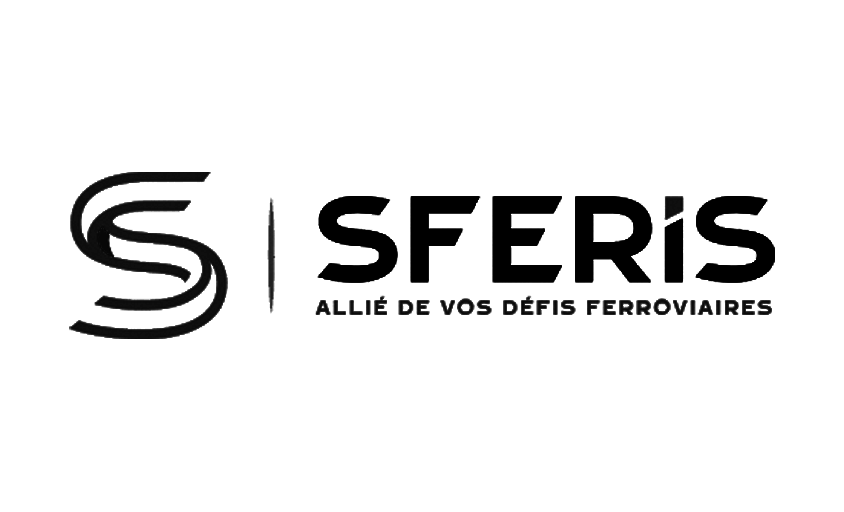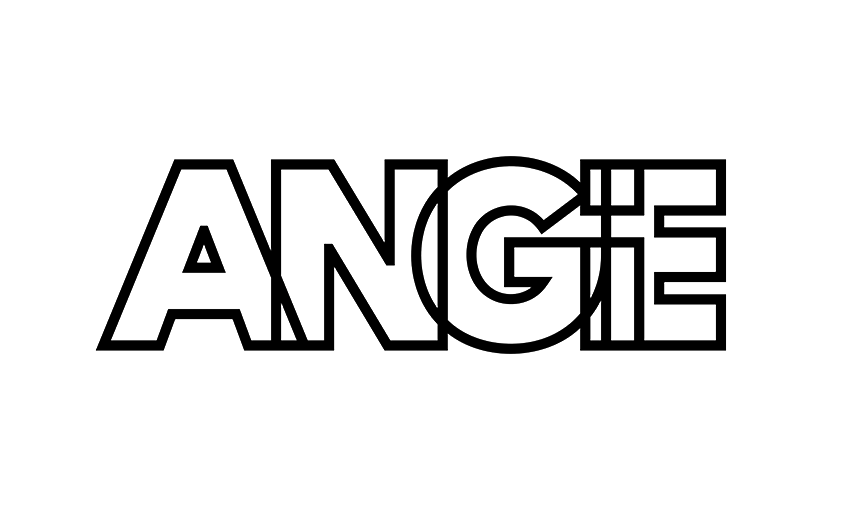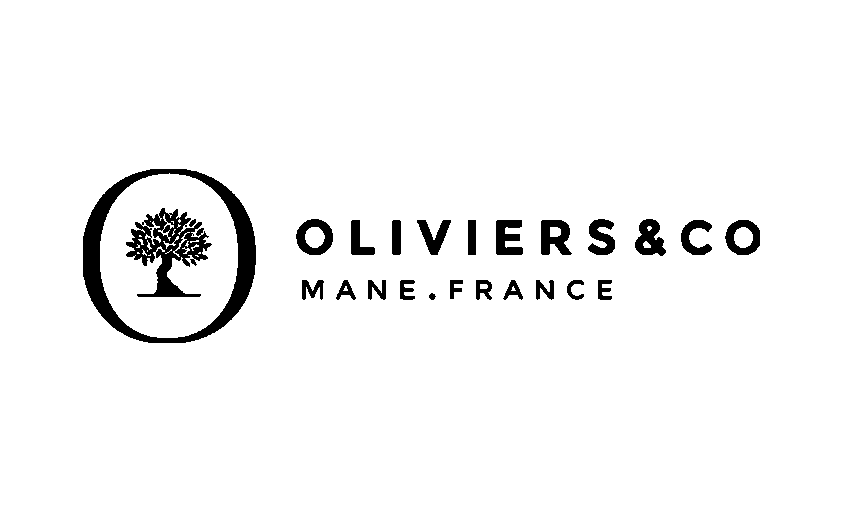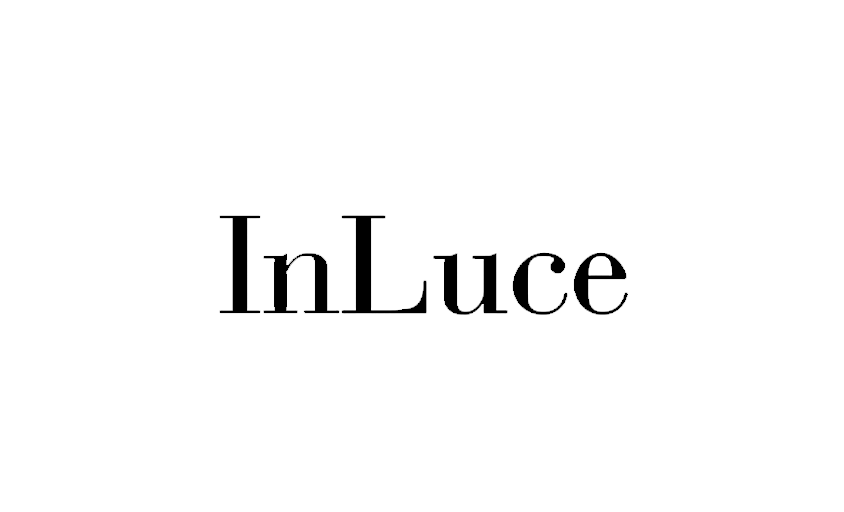Blur
In this article :
Blur in photography refers to a reduction in image sharpness, which can be either intentional or accidental. Far from always being undesirable, blur is often used by photographers as a powerful expressive tool to add depth, suggest motion, or draw attention to specific elements within a composition. There are various types of blur, each with its own techniques and applications, ranging from motion blur to depth of field blur.
Types of Blur
- Motion Blur: Occurs when a moving subject is captured during a long exposure. It conveys speed and dynamism.
- Camera Shake Blur: Caused by movement of the camera during exposure. Typically unwanted, unless used for creative purposes.
- Depth of Field Blur: Achieved by using a shallow depth of field to keep the subject sharp while blurring the background.
Techniques for Creating Blur
- Shutter Speed: Adjusting the shutter speed controls how much motion blur is captured.
- Aperture: Changing the aperture affects depth of field and, consequently, the amount of background blur.
- Camera Movement: Intentionally moving the camera during a long exposure can produce an artistic blur effect.
Creative Uses of Blur
- Emphasizing Motion: Use motion blur to highlight action or the speed of a subject.
- Subject Isolation: Apply background blur to isolate the subject and make it stand out against a soft backdrop.
- Creating Atmosphere: Blur can add a sense of mystery or softness to an image, enhancing its mood.
Managing Unwanted Blur
- Stabilization: Use a tripod or in-camera stabilization to reduce camera shake blur.
- Optimal Settings: Select appropriate shutter speed and aperture based on shooting conditions.
- Post-Processing: Some blur effects can be reduced with photo editing software.
Conclusion
Blur in photography is both a technical challenge and an artistic opportunity. Whether used to convey motion, focus attention, or create a visual mood, blur allows photographers to explore and express their creative vision. By mastering the techniques that produce blur, photographers can use it not as a flaw, but as an extension of their expressive toolkit.
Jérémy Carlo is the editorial director at Rétines, where he ensures the consistency and clarity of all content produced by the studio.
Our Clients
Let’s discuss
What we do for you at Rétines
Meticulous work, an organised project and fast delivery. And to achieve this, we mobilise the right resources in our teams at the right time.
01
Pre-production
Artistic and technical direction tailored to the project.
Relevant recommendations on content, form and resources.
02
Photo Shooting
Photos taken by our experienced photographers.
Production that’s controlled, efficient and tailored to the needs of the project, with nothing superfluous.
03
Retouching
Technique
Photographs magnified by our retouching team.
Post-production to meet the commercial challenges of the brief.












